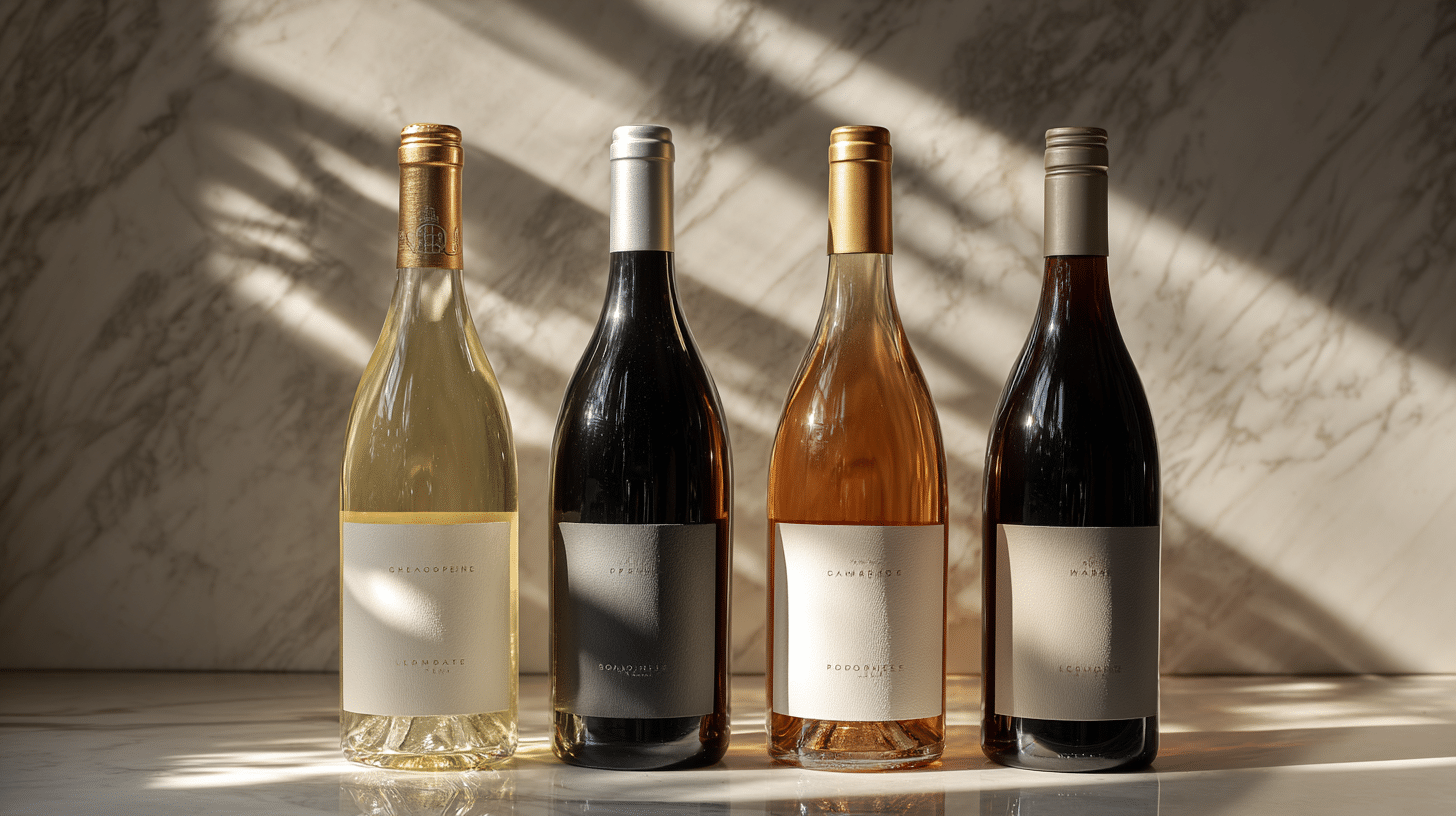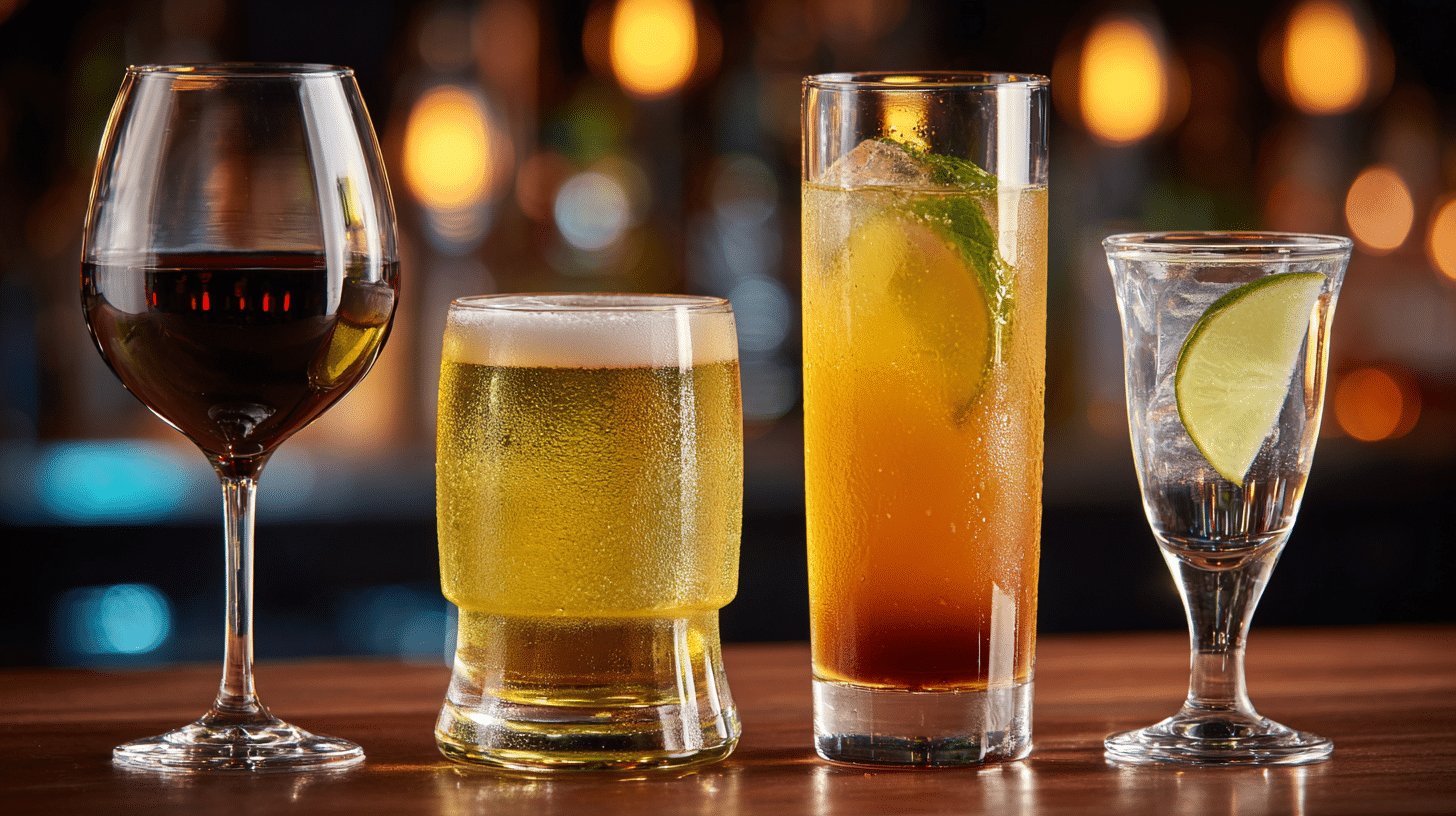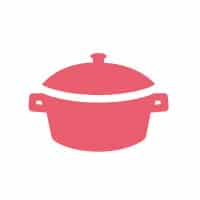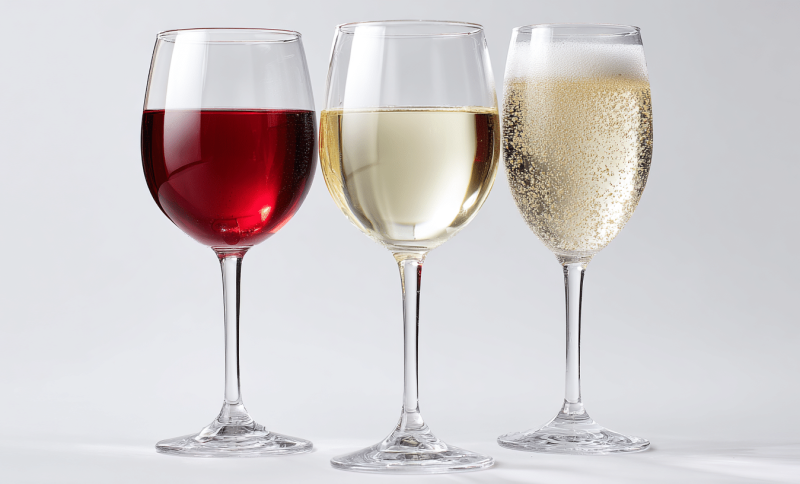Suppose you’re at dinner, wine menu in hand, wondering which glass won’t derail your diet. You’re not alone.
Millions of wine lovers face this same question every day. The truth is, calories in wine can vary wildly depending on what you choose.
A sweet dessert wine can pack nearly double the calories of a dry white. But the thing is that you don’t have to give up wine to stay healthy.
Understanding the calories, carbohydrates, and sugar in different wines helps you make more informed choices.
This guide breaks down everything you need to know about wine nutrition, so you can enjoy your favorite glass without guilt.
What Goes Into Your Wine Glass?
Wine starts simple but can get complicated fast. Most wine comes from fermented grapes, but that’s just the beginning.
At its core, wine contains water, alcohol, and various compounds from grapes. However, many wines include added sugars during production.
These extras can significantly increase both calories and carbs. You’ll also find trace amounts of minerals, acids, and antioxidants.
Some wines contain sulfites as preservatives. The key player in calories? Sugar – whether natural or added.
What Affects Calories and Carbs in Wine

Several factors determine how many calories end up in your glass. Understanding these helps you make better choices.
Alcohol content tops the list – higher alcohol means more calories. Residual sugar comes next, turning sweet wines into calorie bombs.
The winemaking process also plays a role. Grape variety matters too, as some naturally contain more sugar. Finally, serving size makes a huge difference. A standard serving is 5 ounces, but many people pour much more.
Calorie Breakdown by Wine Type
Here’s what you can expect from different wines per 5-ounce serving:
| Wine Type | Calories (5oz) | Carbs (g) |
|---|---|---|
| Dry Red (Pinot Noir) | 122 | 3.4 |
| Dry Red (Merlot) | 123 | 3.7 |
| Dry White (Chardonnay) | 84–123 | 2.2–3.2 |
| Dry White (Riesling) | 115 | 1.4–5.5 |
| Sparkling (Brut) | 82–100 | 1–2 |
| Sweet/Dessert (Port/Moscato) | 140–157 | 7–8+ |
Dry wines clearly win the calorie game. Sweet and dessert wines can contain twice as many calories and much more sugar.
Red vs. White Wine Calorie Comparison
The color of your wine affects its calorie count, but not as much as you might think. Both can fit into a healthy diet with the right choices.
Red wine typically contains 120–125 calories and 3.4–4.2 grams of carbs per glass. White wine ranges from 84 to 123 calories, with 2.2 to 3.8 grams of carbohydrates per serving.
The difference often comes down to alcohol content rather than color. Both red and white dry wines have relatively low calories compared to sweet varieties.
Why Wine Calories Matter for Your Health

Knowing your wine’s caloric content helps you stay on track with your health goals. This knowledge becomes even more crucial when considering the numbers.
Alcohol provides 7 calories per gram. That’s almost as much as fat, which has 9 calories per gram.
When you add sugar to the mix, those numbers climb fast. Wine calories can sneak up on you, especially if you’re not mindful of serving sizes.
A large restaurant pour might be 8-10 ounces instead of the standard 5-ounce serving.
Best Low-Calorie Wine Options
Some wines naturally contain fewer calories than others. These choices help you stick to your health goals without sacrificing enjoyment.
Sparkling brut wines lead the pack with 82-100 calories per glass. Dry whites, such as Sauvignon Blanc and Pinot Grigio, follow closely behind. For reds, choose Pinot Noir or lighter-bodied options.
Lower alcohol wines generally mean fewer calories. Some brands now make “lite” versions specifically for calorie-conscious drinkers.
Wine vs. Other Alcoholic Drinks

Understanding how calories in wine compare to those in other drinks puts things into perspective. Wine often comes out ahead in the calorie department.
| Alcoholic Drink | Serving Size | Calories | Carbs (g) | Notes |
|---|---|---|---|---|
| Wine (Dry Red/White) | 5 oz | 84-125 | 2.2-4.2 | Best balance of flavor and calories |
| Beer (Regular) | 12 oz | 150-200 | 10-15 | Light beers have 100-110 calories |
| Beer (Pint) | 16 oz | 230 | 17 | Standard pub serving |
| Vodka/Gin/Whiskey | 1.5 oz shot | 97-100 | 0 | Pure alcohol, no carbs |
| Margarita | 8 oz | 280-350 | 15-25 | High sugar from mixers |
| Piña Colada | 8 oz | 450-650 | 45-60 | Cream and sugar add major calories |
| Cosmopolitan | 4 oz | 200-240 | 12-15 | Cranberry juice increases carbs |
| Champagne Cocktail | 5 oz | 160-180 | 8-10 | Added sugar cube bumps calories |
Wine sits comfortably in the middle, offering flavor complexity with reasonable calories compared to mixed drinks. Mixed drinks can easily exceed 200+ calories and 15+ grams of carbs per glass.
Straight spirits, such as vodka, have approximately 100 calories per 1.5-ounce shot but contain zero carbohydrates. Wine sits comfortably in the middle, offering flavor complexity with a reasonable calorie count.
Simple Tips to Cut Wine Calories
You don’t need to give up wine to manage your calorie intake. Small changes make a big difference in your overall intake.
Smart Wine Drinking Strategies:
- Measure your pours – Use a 5-oz measuring cup until you can eyeball it
- Choose dry over sweet – Can save 50+ calories per glass
- Alternate with water – Slows consumption and keeps you hydrated
- Skip the mixers – Wine spritzers and sangrias often add 100+ calories
- Read the label – Look for alcohol content under 13%
- Save dessert wines for special occasions – They can pack 200+ calories per glass
- Use smaller glasses – Trick your brain into feeling satisfied with less
- Drink with meals – Food slows alcohol absorption and increases satisfaction
Quick Math: Switching from sweet Riesling (140 cal) to dry Sauvignon Blanc (85 cal) saves 385 calories per week if you have one glass daily.
Conclusion
Wine doesn’t have to be the enemy of healthy living. The key lies in understanding what’s in your glass and making informed choices.
Dry reds, whites, and sparkling wines offer the best calorie-to-enjoyment ratio. Sweet and dessert wines should be enjoyed occasionally rather than as a regular choice.
Remember that a standard serving is 5 ounces; restaurant pours are often much larger.
By choosing wisely and savoring wine mindfully, you can enjoy it as part of a balanced lifestyle. The numbers don’t lie: knowledge is power when it comes to calories in wine.
Ready to make smarter wine choices? Start by measuring your next glass and choosing a dry variety.













